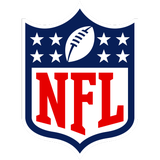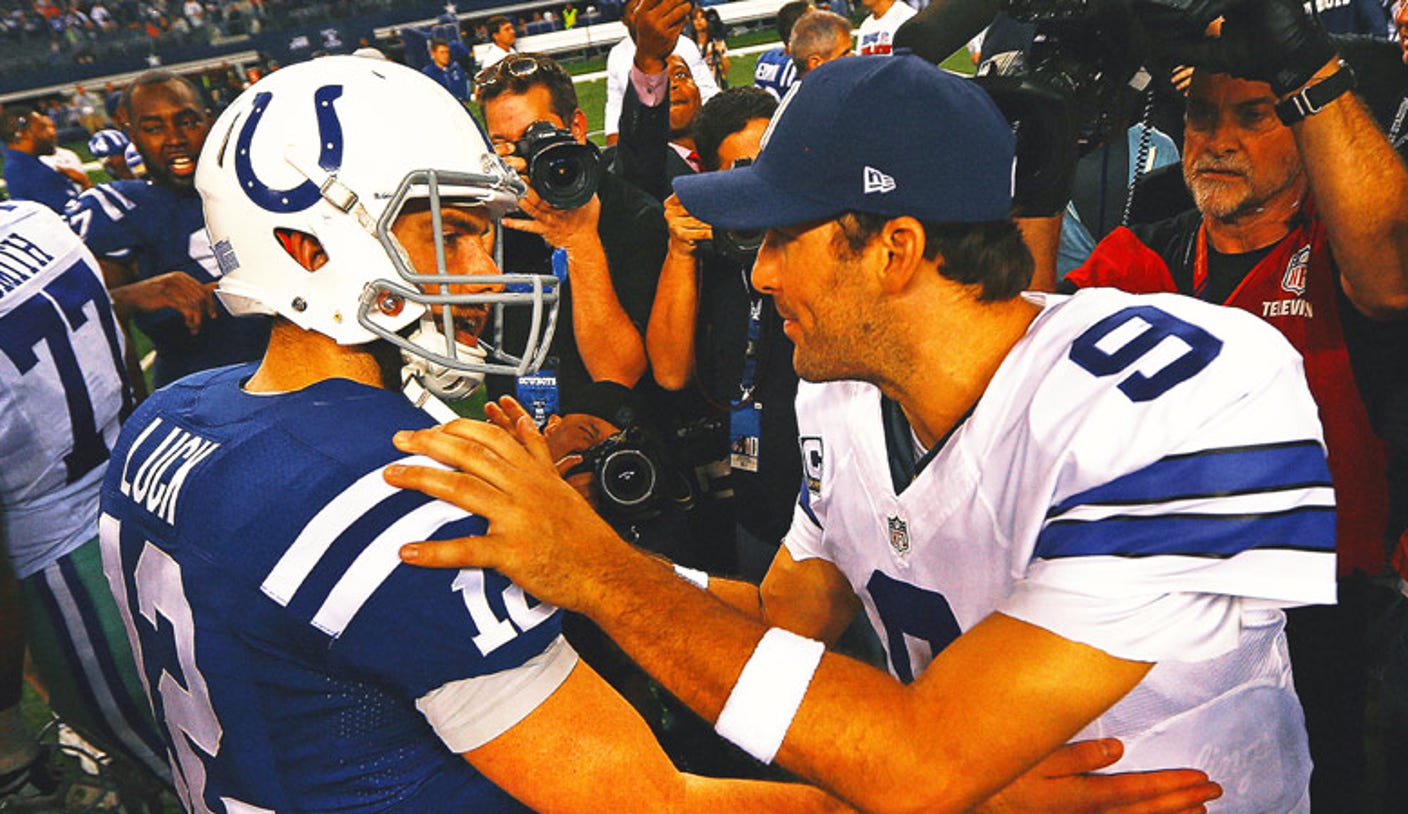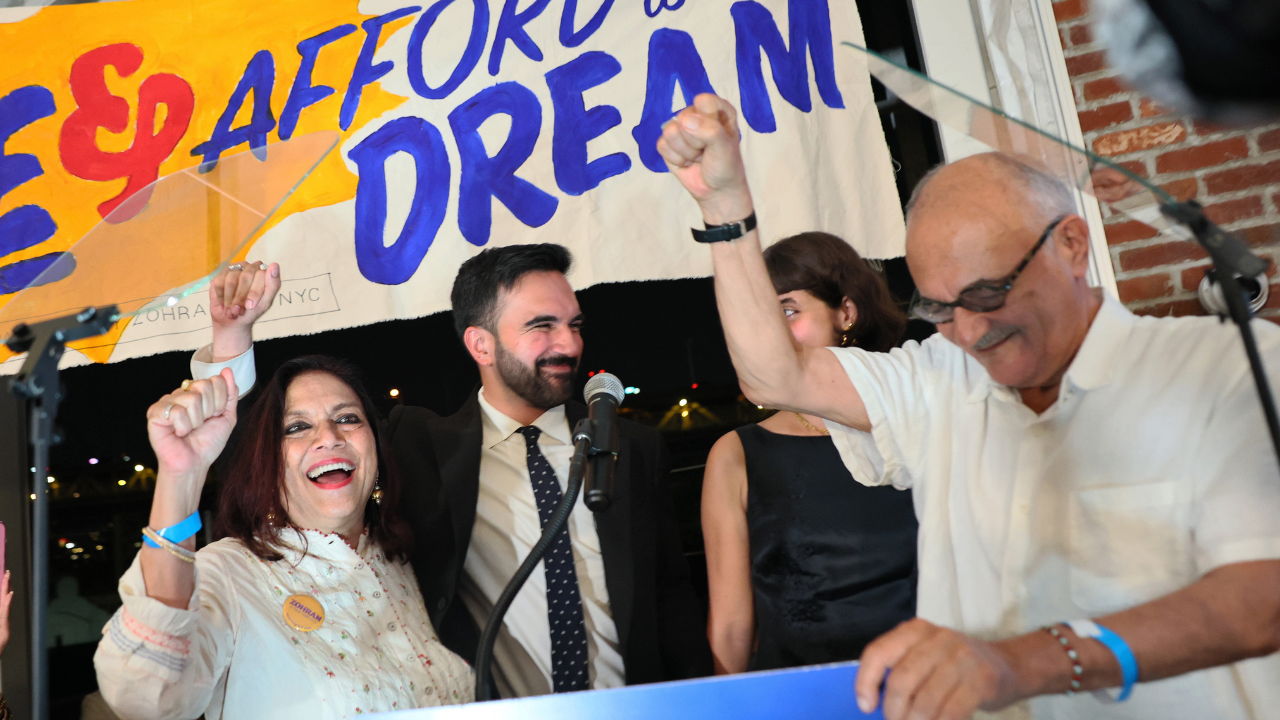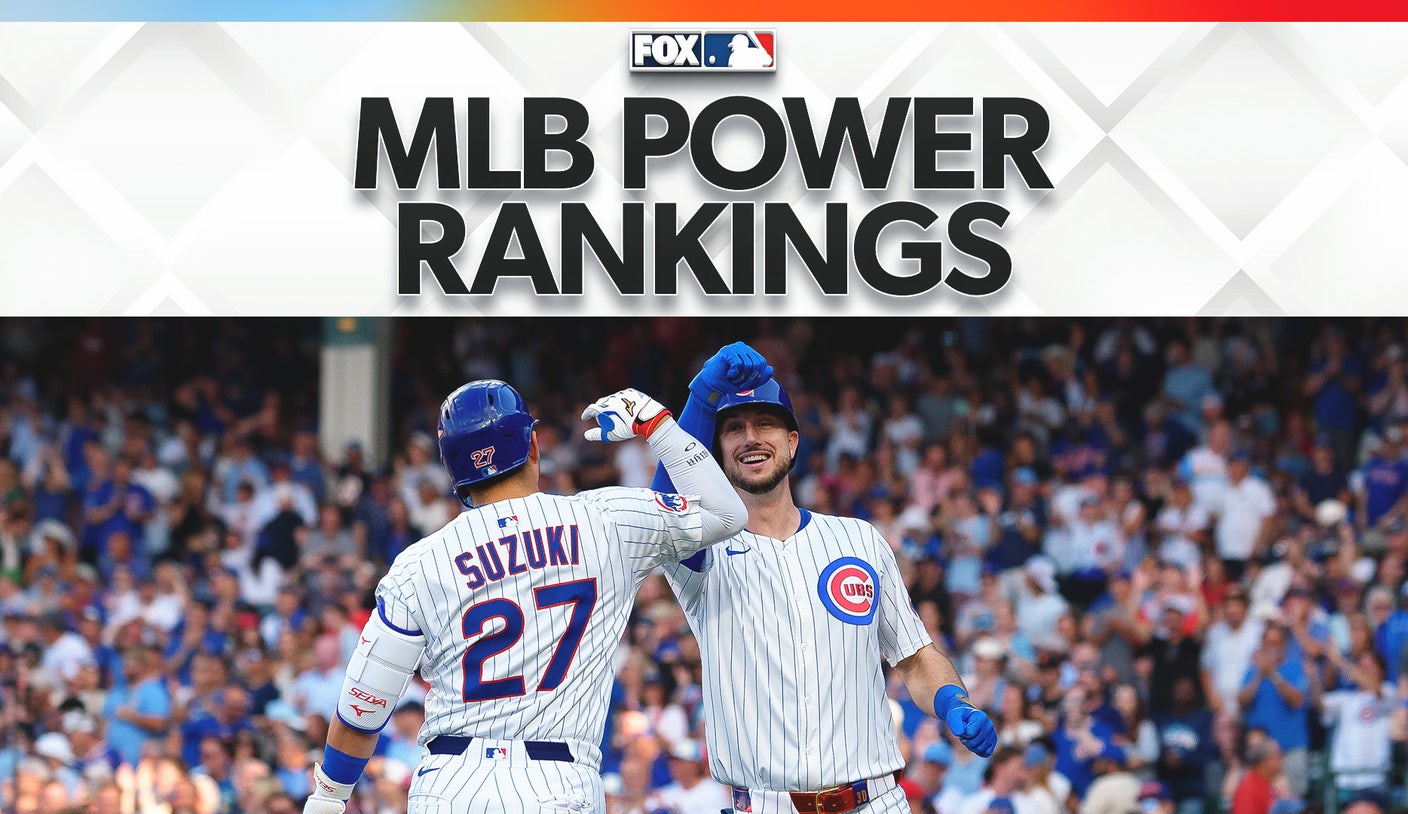10 Stars With Hall-of-Fame Talent Whose Careers Were Stunted by Injuries
Most of the best players to compete in a particular sport end up in their respective league’s Hall of Fame — but not all of them.
Some haven’t been given a bust due to lack of playoff success, while others haven’t been given a bust due to injuries limiting their games played. Every sport has a grouping of great players who fall into the latter category:
Here are 10 players whose career and talent had them in a HOF discussion, but injuries derailed that dream.
Note: Players are mentioned in alphabetical order, by sport.

Andrew Luck retired prior to what would’ve been his seventh active NFL season. (Photo by Tim Warner/Getty Images)
Where were you on August 25, 2019, when Luck called it a career at just 29 years old?
The first overall pick in the 2012 NFL Draft, Luck helped the Indianapolis Colts transition away from Hall of Fame quarterback Peyton Manning, who Indy cut after a 2011 season that Manning missed due to a neck injury. On the field, it was difficult for the Colts to ask for anything more than what they got from Luck. A four-time Pro Bowler, Luck could make every throw, threw with conviction, totaled an NFL-high 40 passing touchdowns in 2014 and led the Colts to the playoffs four times. Among the playoff highlights were Luck leading the Colts to the 2014 AFC Championship Game and helping them mount a 28-point second-half comeback against the Kansas City Chiefs in the 2013 AFC wild card round. Shoulder injuries limited Luck to seven games in 2015 and kept him off the field for all of 2017.
Luck was named the 2018 NFL Comeback Player of the Year. He then dealt with an offseason calf injury and ultimately stunned the NFL world by announcing that he was retiring just two weeks before the 2019 season, making the unplayed part of his career one of the biggest what-ifs in league history.

Clinton Portis #26 rushed for 1,200-plus yards in six seasons. (Photo by Streeter Lecka/Getty Images)
On a cool fall Sunday in the early 2000s, the Portis was nothing to joke about.
In his 2002 rookie season with the Denver Broncos, Portis rushed for 1,508 yards and 15 touchdowns on 5.5 yards per carry, earning Offensive Player of the Year honors. Then, after just his second season, Denver sent Portis to Washington for future Hall of Fame cornerback Champ Bailey and a 2004 second-round draft pick (RB Tatum Bell). Portis picked up where he left off in Denver, rushing for 1,200-plus yards in four of his first five seasons in Washington. The 5-foot-11 Portis was a quick and powerful force. He was among the best running backs of his generation and a respectable pass-catching back. However, injuries stymied Portis, as he was limited to eight games in 2006 due to a shoulder injury and played in a combined 13 games from 2009-10 due to head and groin injuries.
Portis, who rushed for 1,200-plus yards in six seasons and double-digit touchdowns in four seasons, was seemingly on the path to Canton, but three injury-riddled seasons in a nine-year career keep him out of the Hall of Fame.

Tony Romo #9 is first in Cowboys history in both passing yards and passing touchdowns. (Photo by Joe Robbins/Getty Images)
There are arguably two ways to contextualize Romo’s NFL career: he was a ring-less Eli Manning, or he was an injury-prone Philip Rivers.
Signed as an undrafted free agent, Romo joined the Dallas Cowboys in 2006 and, barring injury, was their starting quarterback for the next decade. Romo was precise, efficient and had Dallas in position to make the playoffs more often than not. Dallas was a combined 78-49 with Romo as its starter and made the playoffs four times. Of course, the Cowboys went 2-4 in those postseason games. Injuries became a persistent issue for Romo in 2010, with him playing in just six games due to a broken collarbone and then just four games in 2015 due to a collarbone fracture. He then suffered an injury to his vertebrae in the 2016 preseason and lost his starting job to Dak Prescott. Romo last appeared in an NFL game in Week 17 of the 2016 regular season. A four-time Pro Bowler, Romo is first in Cowboys history in passing yards (34,183) and passing touchdowns (248) in 156 games and posted a career 97.1 passer rating.
This is a franchise that has won five Super Bowls. With better health and perhaps more wins in January, Romo, who was a finalist for the 2014 NFL MVP, would be bandied about for the Hall of Fame.
DE Osi Umenyiora

Defensive end Osi Umenyiora #72 recovers a fumble for a touchdown during the Giants’ 23-17 win over Washington in East Rutherford, New Jersey.
Umenyiora was one of the most lethal pass-rushers of his generation. Two seasons after recording 14.5 sacks and four forced fumbles in 2005 — and one year after missing five games due to a torn hip flexor — Umenyiora logged 13.0 sacks and five forced fumbles in a 2007 season that saw the New York Giants win Super Bowl XLII.
Coming off that championship campaign, Umenyiora missed the 2008 season due to a torn meniscus. Following a respectable 2009, he posted 11.5 sacks and an NFL-high 10 forced fumbles in 2010, a season that was followed by the Giants winning Super Bowl XLVI. Granted, Umenyiora was limited to nine regular-season games due to injury. He played with the Giants through 2012 and spent the final two years of his career with the Atlanta Falcons (2013-14).
Already a star, Umenyiora was on the cusp of being arguably the game’s best pass-rusher before the aforementioned knee injury got in the way. At that moment, he was playing in the shadow of Hall of Famer Michael Strahan. Then, when Umenyiora returned, he was still in the same position group as two-time Pro Bowler Justin Tuck and later Jason Pierre-Paul, who posted 16.5 sacks in 2011; his star power became a secondary talking point.
Umenyiora’s NFL career had its highs and lows, but he’s one of the best pass rushers in the history of a franchise known for getting to the quarterback. If not for 2008, would Umenyiora have a bust next to Strahan in Canton?
1B Ryan Howard

Ryan Howard led MLB with 58 home runs in 2006, his first full season at the big-league level. (Photo by Drew Hallowell/Getty Images)
In the late 2000s, there was no National League player more intimidating in the batter’s box than Howard.
Holding down first base, Howard had overwhelming power from the left side of the plate for the Philadelphia Phillies. He led MLB with 58 home runs in both 2006, a season which saw him win NL MVP, and 2008, and he led the NL in RBIs three times (2006, 2008 and 2009). Howard, a three-time All-Star, was an integral part of Philadelphia’s 2008 World Series championship team. Then, the 2011 playoffs happened. In Game 5 of Philadelphia’s wild-card round matchup against the St. Louis Cardinals, Howard tore his Achilles tendon on what was the final play of the season for the Phillies. He returned in July of the ensuing year, but played in just 80 games in 2013.
While Howard, who’s second in Phillies history with 382 home runs over 13 seasons, remained Philadelphia’s first baseman through 2016 and was a fine enough hitter, the elite version of the former star never returned.
OF Andruw Jones

Andruw Jones won 10 consecutive Gold Gloves. (Photo by Sporting News via Getty Images via Getty Images)
If you were to make a starting lineup of the best players not in Cooperstown, Jones should be starting in center field.
Jones, a five-time All-Star, earned 10 consecutive Gold Gloves playing center from 1998-2007 with the Atlanta Braves. He was an electric hitter from the right side, hitting for both power and contact, swiping bags early in his career and consistently serving as a star player for Atlanta. In 2005, Jones led the league with 51 home runs and the NL with 128 RBIs. Jones, who’s first in Braves history with a 26.6 defensive WAR, was one of the elite outfielders in baseball for a decade. Then, he left the Braves for the Los Angeles Dodgers after the 2007 season and was limited to 75 games in 2008 due to a persistent knee injury. Changing teams three more times in the following years, Jones kept suffering injury mishaps, became a rotation outfielder and never recovered his Atlanta form.
Jones was a Hall of Fame talent, and if he had even two more seasons of elite play, he would likely be in the Hall of Fame in recognition of that.
LHP Cliff Lee

Cliff Lee, the 2008 American League Cy Young Award winner. (Photo by Damian Strohmeyer /Sports Illustrated via Getty Images)
“Marty, I’m scared” is what teams would murmur among themselves when it was announced that Lee would be the starting pitcher of the opposing team — and with good reason.
After a rocky first four years as an MLB starter – including a 6.29 ERA in 2007 – Lee became as unhittable as any pitcher in the sport. In 2008, Lee won the American League Cy Young Award in Cleveland, posting a 2.54 ERA and winning 22 games. Lee was traded in back-to-back seasons, going from Cleveland to Philadelphia in 2009 and from the Seattle Mariners to the Texas Rangers in 2010 before signing back with the Phillies for the 2011 season. Through that entire stretch, Lee made hitters look silly with his off-speed arsenal, inducing weak contact and pitching deep into games. Across 11 career postseason starts, Lee posted a 2.52 ERA, an 0.93 WHIP and 89 strikeouts in 82 innings pitched, which included three complete games.
After two more high-quality seasons with the Phillies, the four-time All-Star suffered an elbow injury in 2014 that ultimately ended his career. Another case of apparent Hall of Fame talent, but the innings pitched just weren’t there.

Stephen Strasburg was the 2019 World Series MVP. (Photo by Rob Tringali/MLB Photos via Getty Images)
Selected by Washington with the first overall pick in 2009, Strasburg overcame injuries and lived up to the hype.
Strasburg set an MLB record with 14 strikeouts across seven innings in his first MLB start and continued to dazzle before needing Tommy John surgery later in his 2010 debut season. The right-hander returned to the hill in September 2011 and went on to be one of the best starting pitchers of the decade. Posting strikeouts at a high rate, pitching deep into games and finding success with his four-seamer and curveball, Strasburg posted a combined 3.21 ERA and 1.09 WHIP from 2012-19. In the final year of that span, Strasburg helped Washington win the 2019 World Series, earning World Series MVP honors. Over his career, Strasburg was sensational in the postseason, recording a 1.46 ERA, 0.94 WHIP and 71 strikeouts in 55.1 innings pitched over nine career postseason appearances/eight starts.
Unfortunately for him, his body broke down after signing a seven-year, $245 million contract with Washington following the 2019 World Series. Strasburg suffered hand and shoulder injuries in the following years, making just eight starts from 2020-22 before officially retiring in 2024. Furthermore, the three-time All-Star made 30 starts in just three seasons, making for one of the most bizarre careers for an elite player in MLB history.
G Brandon Roy

Brandon Roy earned two All-NBA honors. (Photo by Jonathan Ferrey/Getty Images)
After a solid four-year college career at Washington, Roy was selected by the Portland Trail Blazers with the sixth-overall pick in the 2006 NBA Draft, and he hit the ground running, earning 2006-07 NBA Rookie of the Year honors.
Roy became a balanced, high-level scorer, averaging a combined 22.1 points per game from the 2008-09 season to the 2009-10 season. Moreover, Roy was an All-Star in each of the three seasons following his rookie campaign. He was one of the best guards in the NBA and a burgeoning star, if not one already. In the 2009 postseason, Roy averaged 26.7 points per game, while shooting 45.9/47.1/87.0.
Then, Roy suffered a torn meniscus late in the 2009-10 season but returned and played with the injury in the playoffs. The following season (2010-11), Roy was limited to 47 games due to more knee issues. It became so critical that Roy retired after the season. He attempted an NBA return in the 2012-13 season with the Minnesota Timberwolves, but Roy only played in five games due to his knee.
F/C Amar’e Stoudemire

Amar’e Stoudemire was a five-time All-NBA honoree. (Photo by Christian Petersen/Getty Images)
Stoudemire was Blake Griffin before Blake Griffin was Blake Griffin.
Selected straight out of high school by the Phoenix Suns with the ninth-overall pick in 2002, Stoudemire won NBA Rookie of the Year honors and quickly became a force to be reckoned with. The 6-foot-10 Stoudemire flew up and down the floor, finished at the rim over any and everybody and developed a reliable mid-range jumper. In just his third season, Stoudemire averaged 26.0 points per game.
He got sidetracked the following season with a knee injury that kept the big man off the floor for all but three games. Stoudemire returned to form, though, in the 2006-07 season, reverting to the formidable scorer he was pre-injury. Outside a 2009 eye injury that cut his season short after 53 games, Stoudemire stayed healthy through the end of his time with the Suns (2009-10) and helped the New York Knicks make the playoffs in the 2010-11 season.
However, Stoudemire suffered a back injury in the 2010-11 postseason and missed time with another the ensuing season. What’s more, he appeared in just 29 games in the 2012-13 season due to a knee injury and was moved to the bench. He was able to play the bulk of the next three seasons, but mostly as a reserve. Stoudemire was a five-time All-NBA honoree and one of the best big men of his generation. If only he had a few more All-Star seasons.
Want great stories delivered right to your inbox? Create or log in to your FOX Sports account, and follow leagues, teams and players to receive a personalized newsletter daily!
recommended

Get more from the National Football League Follow your favorites to get information about games, news and more
Source link
editor's pick
latest video
Sports News To You
Subscribe to receive daily sports scores, hot takes, and breaking news!




